Basic rules for growing tomatoes using Dutch technology
Holland is a leader country in the creation of the latest technologies for growing crops, allowing to achieve excellent yields and crop quality. Growing tomatoes using Dutch technology makes it possible to collect up to 65 kg of tomatoes from 1 sq. m per year.
Principles of technology of Dutch farmers
It is possible to significantly increase the yield of tomato bushes not only by using the rules for their formation and care, but also by applying some important principles of Dutch technology:
- The grown tomato, in order to prevent diseases and the invasion of pests, is placed in a container with mineral wool impregnated with complex nutrients, which allows in a shorter time to achieve the necessary growth of seedlings.
- In a greenhouse with tomato seedlings, the amount of carbon dioxide in the air increases. This facilitates the process of photosynthesis, in which nutrients are supplied to the plant.
- In order to pollinate plants and obtain an ovary, Dutch farmers launch hornets into the greenhouse, which transfer pollen from flower to flower.
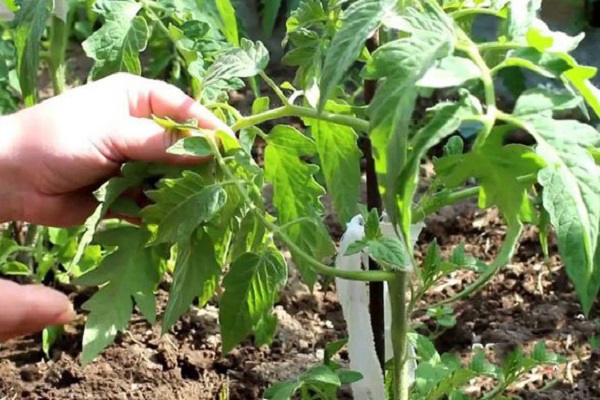
Of course, not everyone can do this, but it is nevertheless necessary to adhere to such basic requirements: sufficient plant nutrition, promoting photosynthesis, and timely pollination. In this way, the best possible effect on tomatoes can be exerted to obtain a high yield.
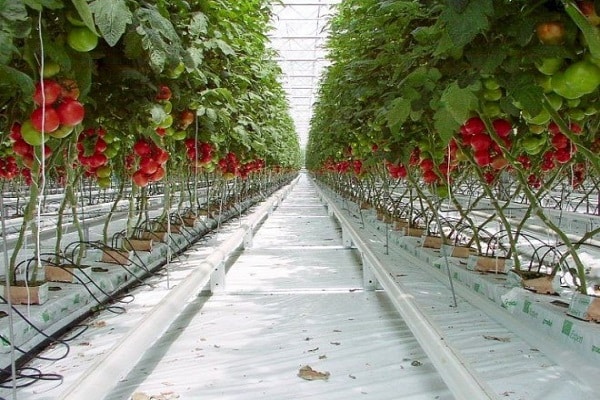
Greenhouse varieties of tomatoes
It is important to use tomato varieties suitable for year-round cultivation in a greenhouse. It is optimal to select varieties of tomatoes with tall or medium-sized bushes (indeterminate or semi-determinate). You can, for example, plant the following varieties:
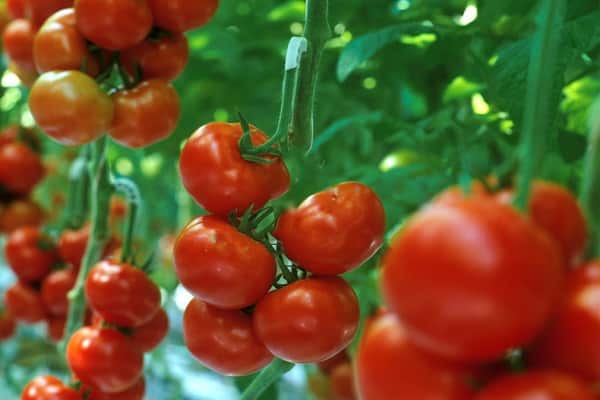
- Camry. This Dutch tomato is a hybrid. It grows quite actively in any season. The main stem can reach 2.5 m, and the fruits weigh an average of 160 g. Tomatoes of this variety have a uniform scarlet color over the entire surface, and a round shape.
- Hanni Moon. Ideal for planting in greenhouses. Tomatoes ripen in 65 days. The largest fruits weigh 260 g each. Fruits ripened on the bushes are pink. They taste sweet. It is recommended for use in the spring and summer.
- Debut. This early ripe tomato variety is intended for cultivation in greenhouse conditions. The fruits are quite large and can weigh up to 210 g. They are used for fresh consumption. In optimal conditions, from 1 sq. m. of area harvested up to 9 kg of tomatoes.
- Raisa. A variety of early maturing tomatoes with very long stems. It can be planted mainly in greenhouses. Small fruits (up to 140 g). The color of the tomatoes is bright red.The fruits have a very dense upper skin, which allows them to be stored for a long time, and they are also excellently transported. In addition, their advantage is that they can grow on almost any soil, and a special mineral substrate is not required.
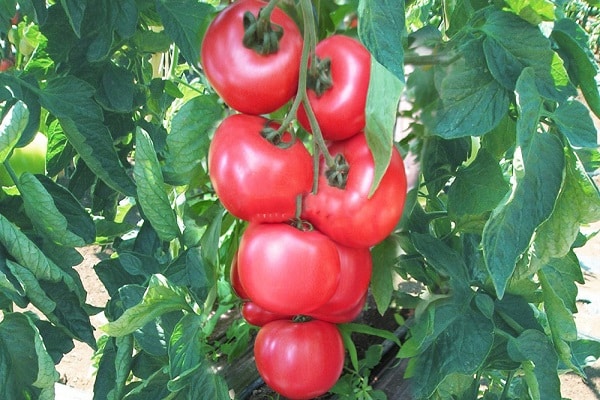
Only a small fraction of the varieties used by the Dutch in greenhouses are listed. But the main difficulty lies in the acquisition of seeds of such tomatoes. It is impossible to grow and harvest them from your harvest, since tomatoes lose their maternal qualities. Therefore, you will have to buy them in specialized retail outlets or via the Internet from abroad, since they practically do not exist in ordinary stores selling seeds.
Important! When buying, you need to pay attention to the manufacturer's company in order to protect against counterfeiting.
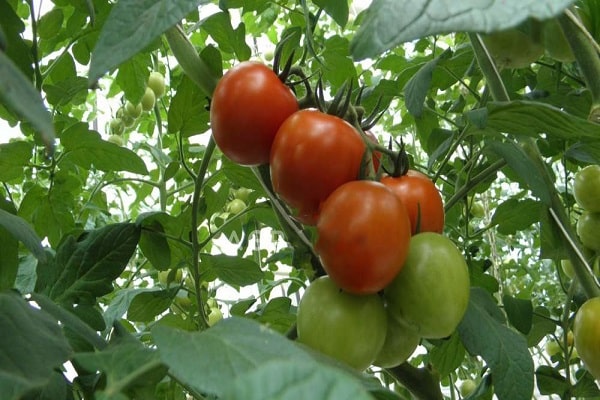
Features of the premises for seedlings
In winter, tomato seedlings grow to the required condition, ready for transplanting into the soil in 9 weeks. In spring, this period is shortened to 2 months, and in summer to 1.5 months.
To make the plants strong and healthy, the most illuminated area of the greenhouse, without drafts, is selected for planting. In this case, the air should have average indicators - about +23 degrees. In addition, the following conditions should be created in the greenhouse:
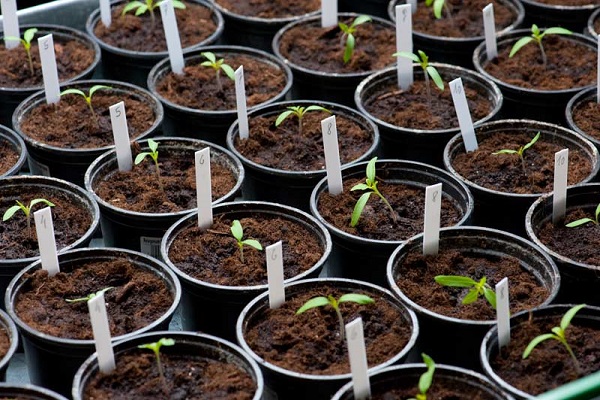
- the soil should have a constant temperature of about 16 degrees;
- in winter, the greenhouse should begin to be heated already 2 days before planting, so that the temperature reaches the required level;
- to improve the penetration of sunlight, the glass must be thoroughly washed.
In cassette pots, holes are made in the bottoms so that excess water is glass. Drainage is laid at the very bottom, and on top of it is mineral wool soaked in fertilizers and carefully moistened with water. The seeds are laid out on mineral wool and covered with a 1 cm layer of sand and vermiculite. The containers are then covered with glass or plastic wrap to keep them dry and out of the sun.
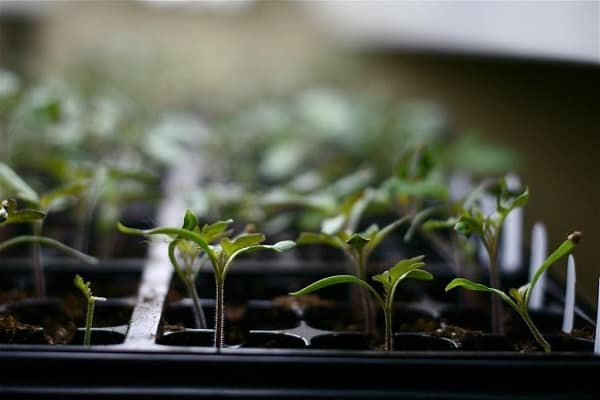
After the emergence of tomato seedlings, about 10-12 days, young plants are transplanted into containers with soil, sometimes separate pots are used for this purpose. Plants are planted in the soil in such a way that the top of the container is 2 cm higher than the ground level. This allows you to protect the plant from contact with the ground and possible pests, to avoid damage.
Plants are rarely planted in the greenhouse. For 1 sq. m. not more than 2.5 tomato bushes are planted. At the same time, a distance in rows of 70 cm is adhered to, and at least 55 cm is left between the rows of tomatoes.The width of the path between the beds is about 90 cm.The thickened plantings lead to shading, this prevents the penetration of sunlight to the plants, which reduces the yield.
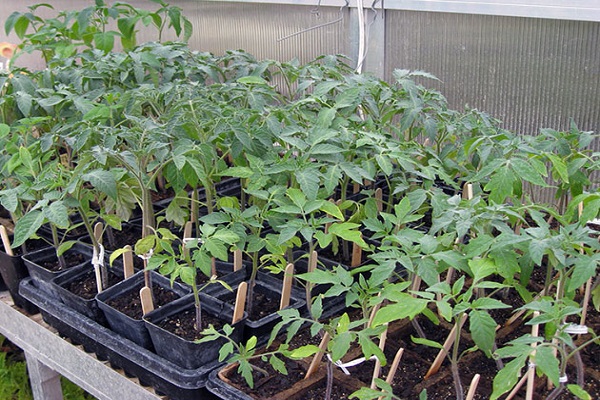
The greenhouse temperature requirement must be met in the following parameters:
- the night temperature of the air in the greenhouse should be 16–18 degrees Celsius, the daytime temperature rises by 2 degrees;
- the humidity of the air inside the greenhouse should be maintained within 67–75%, and with drier air, the fruits harden and acquire increased fiber.
When growing tomatoes in greenhouse conditions, it is necessary to observe the established air humidity and temperature. To do this, a heating system is installed in the form of pipes through which warm water circulates. It is stretched at the top of the greenhouse. Thus, natural conditions are provided under which no flowers or ovaries fall off.

Stages of growing tomatoes
In transplanted seedlings, it is necessary to form a bush. This is very important for the future quantity of fruits and their quality. Consider the following points:
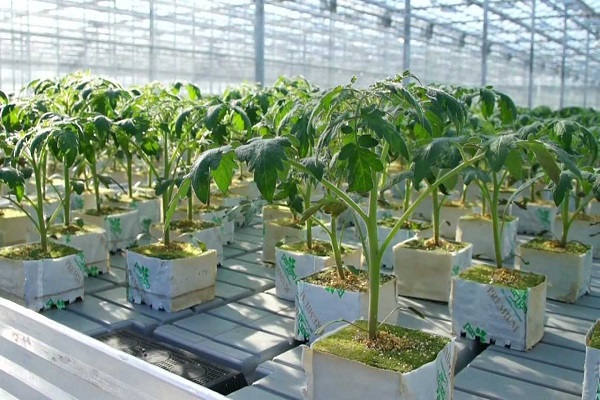
- The main stem should be of medium thickness.This is achieved with the correct proportions of watering and illumination of the planted seedlings.
- Regular flower clusters have a short peduncle, with flowers turned downward.
- Watering should be regular, but not plentiful. The best solution is considered tomato drip irrigation system with the flow of water directly to each plant.
- Sometimes the organization of irrigation is carried out through the holes in the pipes laid along the furrows in the rows of tomatoes. This can produce metered watering of each plant. Water for irrigation should not be much lower or higher than +16 degrees.
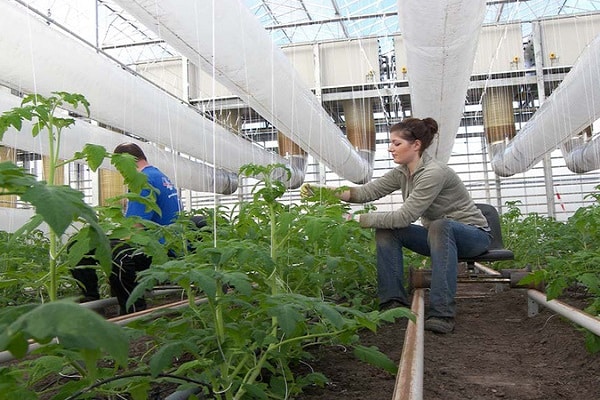
The Dutch technology for growing tomatoes provides for feeding once a week. For this, mineral solutions of boron and magnesium are used. Attention is drawn to the permissible level of soil acidity. If it is violated, apical rot may form.
Dutch farmers advice
The Dutch cultivation method has some features that are used by farmers to grow a high yield:
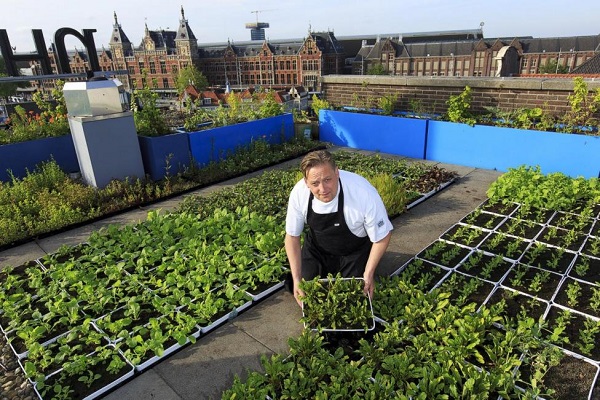
- Planted tomatoes are regularly examined in order to identify diseased plants and damaged leaves, to prevent the spread of the virus to other bushes.
- In the tomato cluster formed at the bottom, no more than 5 flowers should remain, the rest are removed, and the clusters formed above can have only 6 flowers. A larger amount will weaken the plant, and will not allow the fruit to fill and ripen normally.
- To avoid the formation of barren flowers, bumblebees and hornets are used in Holland, which are released into the greenhouse every other day to pollinate the flowers.
- Ripe fruits are harvested in the morning, at least 4 times a week. Tomatoes are put in boxes, on the bottom of which foam is laid.
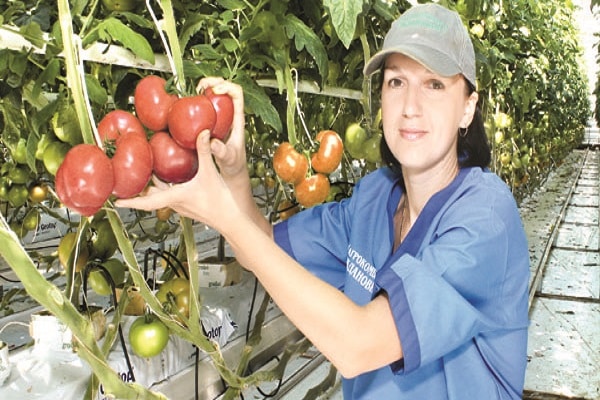
After cleaning the bushes, the soil is prepared for planting another seedling. The bushes are removed and the soil is disinfected or replaced - this is a kind of vaccination against diseases. Dutch technology allows planting tomatoes up to several times a year, and at the same time collecting bountiful harvests. On a small garden plot it is difficult to use the Dutch method, which works all year round, but it should be borne in mind that all investments in a greenhouse will pay off.
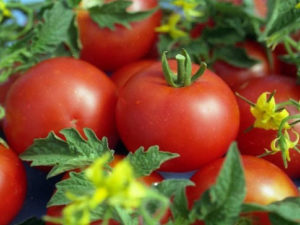

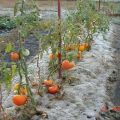
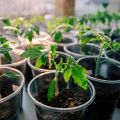
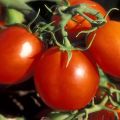

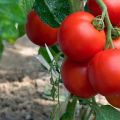
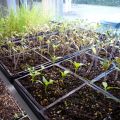
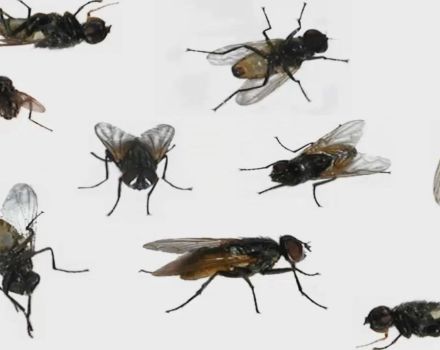
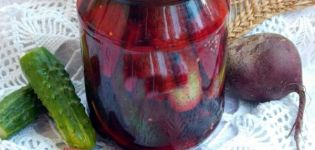
I am from Uzbekistan as it will buy me
I have a greenhouse and I need a Dutch alamein where can I contact and where to buy